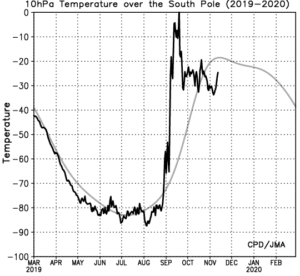by Michael Kile, November 16, 2019 in WUWT
It was an important moment in the Climategate saga. Yet few remember Jerome Ravetz’s damning critique of the University of East Anglia’s Climate Research Unit (CRU) posted on WUWT in early 2010.
Ravetz is an eminent American philosopher of science and an Associate Fellow at Oxford University’s James Martin Institute for Science and Civilisation. (Personal web page here; Oxford pages here and here.) For much of his career he has been challenging claims of scientific objectivity and developing a concept of “post-normal science” (PNS).
We can understand the root cause of Climategate as a case of scientists constrained to attempt to do normal science in a post-normal situation. But climate change had never been a really ‘normal’ science, because the policy implications were always present and strong, even overwhelming. Indeed, if we look at the definition of ‘post-normal science’, we see how well it fits: facts uncertain, values in dispute, stakes high, and decisions urgent. In needing to treat Planet Earth like a textbook exercise, the climate scientists were forced to break the rules of scientific etiquette and ethics, and to play scientific power-politics in a way that inevitably became corrupt. The combination of non-critical ‘normal science’ with anti-critical ‘evangelical science’ was lethal. (J Ravetz, WUWT, 9 February, 2010)
Some environmentalists had been using Ravetz’s PNS concept to drive a looser – more subjective – approach to decision-making under uncertainty, urging greater use of the so-called “precautionary principle”, a “principle” of pseudoscience, not genuine science.
The late Stephen Schneider (1945-2010), then Stanford University professor for Interdisciplinary Environmental Studies and editor of the journal Climatic Change, was one of them. He was also an IPCC lead author. Schneider advised other lead authors how to deal with uncertainty in a climate context in the IPCC’s Third and Fourth Assessment Reports.
…

